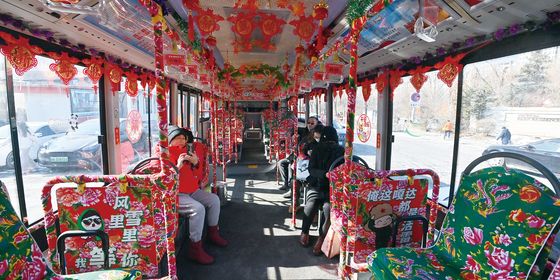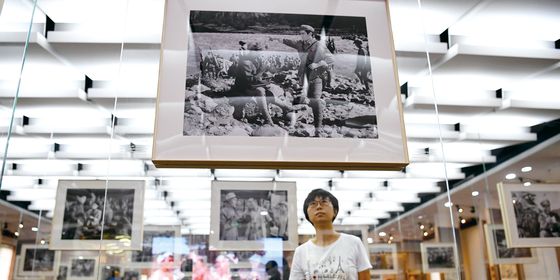In Changchun, Jilin province, a cultural relic remains in disrepair despite decades of attempts at restoration
In the golden light of the evening sun, children laugh and elders exercise in the Changfei housing compound in Changchun, Jilin province, paying little attention to the enormous ruined temple, chipped and weed-strewn, that stands abandoned in the middle of their apartment blocks.
But if they slipped through a gap in the iron railings and tumbled down a steep earthen slope into a sea of bushes, they would see a local resident's carefully-tended vegetable patch in its outer courtyard. Behind this, the stone walls are dribbled with water-stains, and tiles are missing from its striking midnight-blue roof, covered in a thicket of apple-green weeds.
The temple has every reason to be ignored. This is Jiangguo Zhongling Temple, a major religious site from the days of the despised Manchukuo regime, a puppet state nominally ruled over by China’s last emperor, Puyi, but created by the Japanese empire in the 1930s in China’s northeast. It’s a reminder of an upsetting history, of local collaboration and national humiliation—as seen in the hot debate over what to do with its shell.













